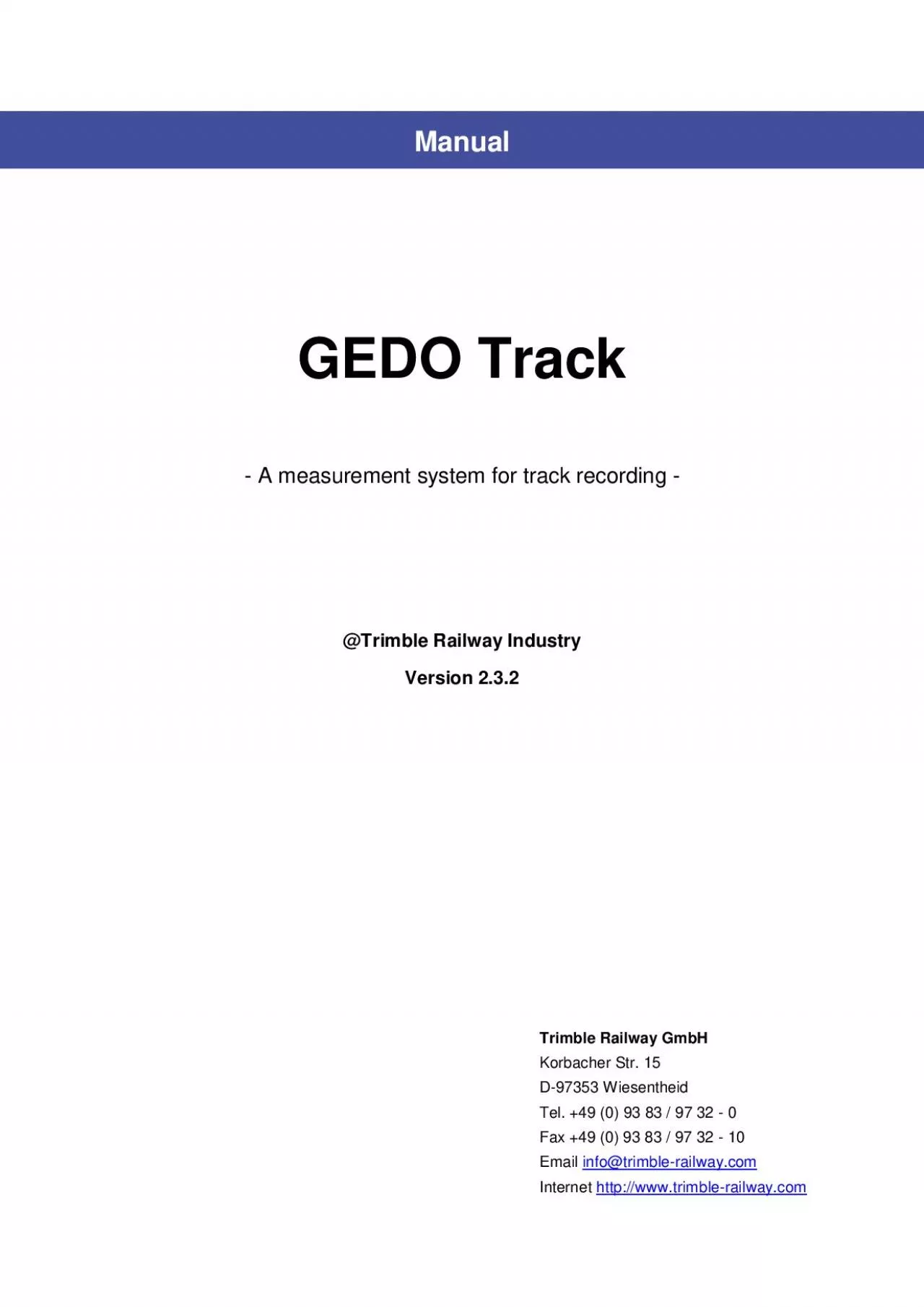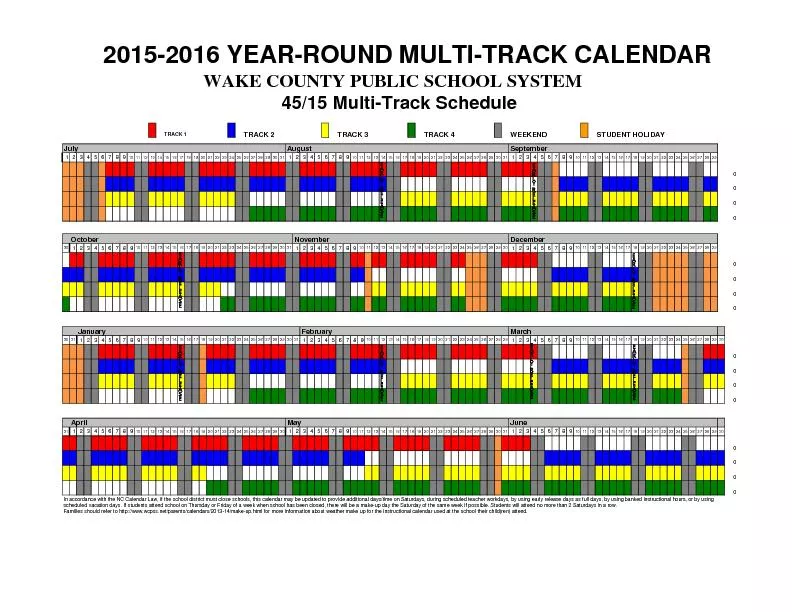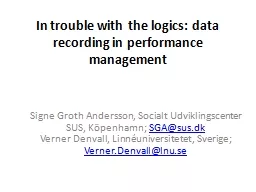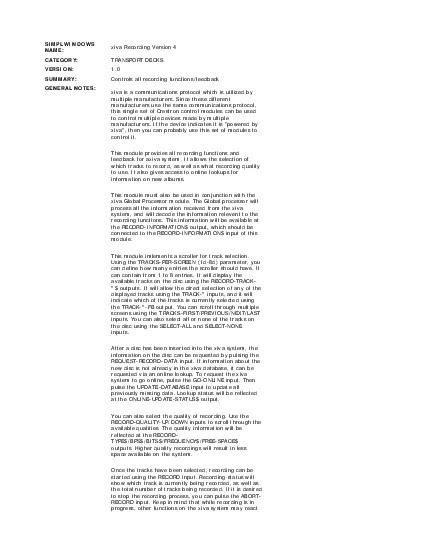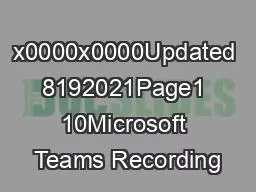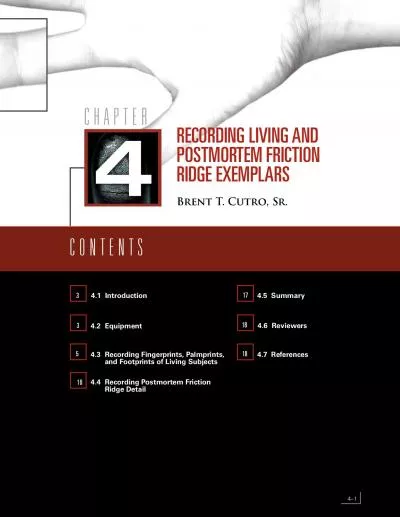PDF-A measurement system for track recording
Author : isabella | Published Date : 2021-06-27
Manual GEDO Track Trimble Railway Industry Version 2 3 2 Trimble Railway GmbH Korbacher Str 15 D 97353 Wiesentheid Tel 49 0 93 83 97 32 0 Fax 49 0 93 83
Presentation Embed Code
Download Presentation
Download Presentation The PPT/PDF document "A measurement system for track recording" is the property of its rightful owner. Permission is granted to download and print the materials on this website for personal, non-commercial use only, and to display it on your personal computer provided you do not modify the materials and that you retain all copyright notices contained in the materials. By downloading content from our website, you accept the terms of this agreement.
A measurement system for track recording: Transcript
Download Rules Of Document
"A measurement system for track recording"The content belongs to its owner. You may download and print it for personal use, without modification, and keep all copyright notices. By downloading, you agree to these terms.
Related Documents

